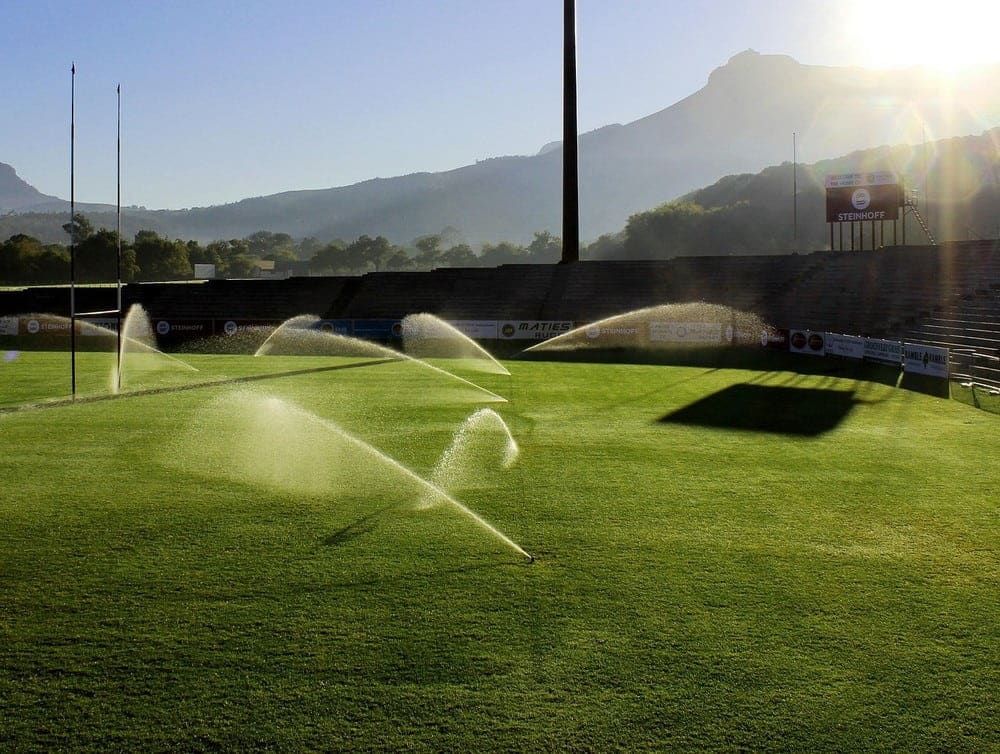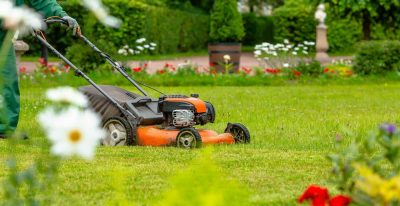
Applying technology in landscaping is becoming an increasingly important area of research and development. Traditional watering methods often lead to inefficient distribution and unnecessary water waste. However, self-learning systems have revolutionized water management and landscaping in various ways. These technology-powered methods help homeowners control how plants receive water, minimizing human intervention. Here is how using innovative irrigation systems optimizes home water use.
Precision Watering Through Real-Time Data Analysis
One significant advancement in AI-driven irrigation systems is their real-time ability to analyze plants and soil conditions. Traditional watering mechanisms operate on fixed schedules, often watering even when unnecessary. Conversely, smart irrigation systems analyze environmental conditions to determine the right time for irrigation and the amount of water required. For instance, they can delay watering if they predict rain to prevent overwatering.
Installing soil moisture sensors in various lawn zones enables homeowners and farmers to measure moisture levels and irrigate when necessary. Using evapotranspiration technology also helps estimate water loss due to evaporation. This ensures irrigation is only activated to compensate for the lost moisture. All these strategies are essential in reducing water waste and soil erosion. It also enhances plant health by providing the right amount of water or moisture.
Zone-Based Watering for Efficient Distribution
Every yard is different, with varied plant types, soil conditions, and exposure to sunlight. Using the same irrigation method for the lawn may lead to inefficient water distribution or waste. Implementing zone-based watering can tackle this challenge, allowing for customized irrigation schedules based on specific requirements.
For example, using self-learning systems in sloped areas ensures that plants receive shorter but more frequent watering to prevent runoff. Conversely, installing smart irrigation systems in flat areas ensures that plants receive longer and deeper irrigation sessions.
Innovative systems can differentiate between lawns, flower beds, and vegetable gardens and adjust watering accordingly. They can also distinguish different soil types and provide more frequent watering for sandy soil and less frequent for clay soil. That is because sandy soil drains water quickly and needs more frequent watering than clay soil. Using irrigation inserts from best-rated companies like Tournesol can help landscapers manage water usage. However, combining them with innovative irrigation systems makes directing water where needed easier.
Remote Watering and Control for Convenience
The efficiency of any technology lies in how easily it integrates with other devices. Fortunately, homeowners can incorporate self-learning irrigation systems with smart home technology for convenient watering and plant monitoring. For example, they can connect the systems to other Wi-Fi-enabled apps, adjust irrigation schedules, track water usage, and receive alerts from anywhere. This eliminates the need for manual monitoring, allowing homeowners to focus on other tasks.
Some self-learning irrigation tools have voice-controlled capabilities for hands-free operation. Others have advanced capabilities to give recommendations, allowing for optimal watering based on past and current conditions. This enhances watering efficiency and convenience by reducing the need for human involvement. It also saves time and money as homeowners can learn when the systems need maintenance.
Endnote
Self-learning irrigation systems are transforming how homeowners use water, offering a more sustainable landscaping approach. These technologies use real-time data analysis, zone-based watering, and remote monitoring to improve plant health and optimize utility costs. However, before installing them, homeowners must check their compatibility with existing smart home devices and suitability in different climates.








